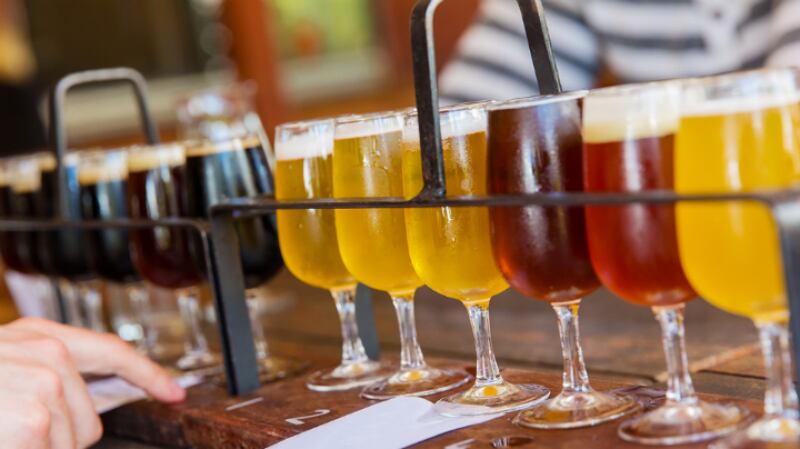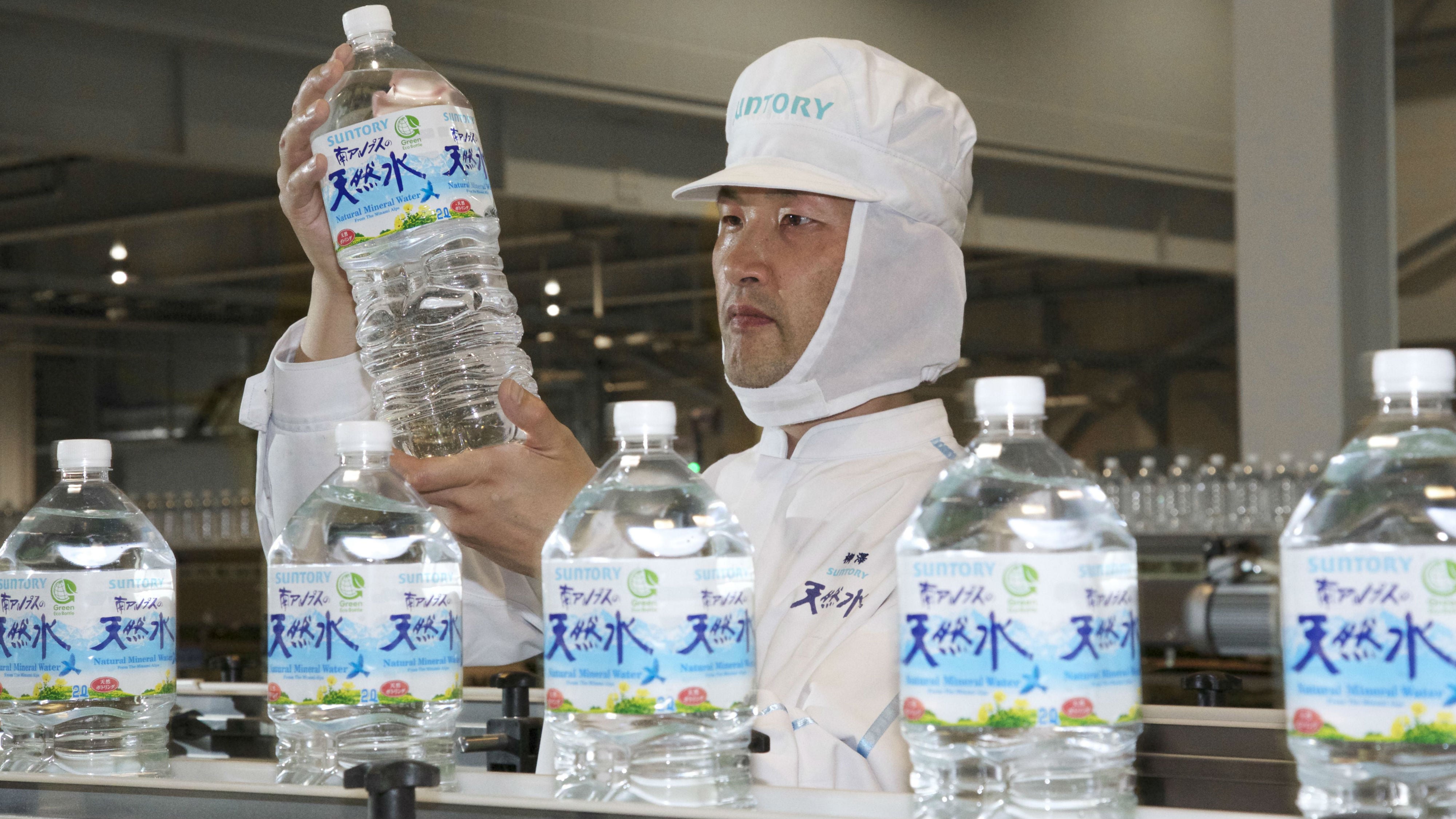Ewen Brewerton, head brewer and director of the Mismatch Brewing Co. in Adelaide caused heads to turn in June when his beer won the inaugural Australian Independent Brewers Association Awards.
Doing so bucked the trend of heavy, hop-driven craft beers having prominence among craft breweries. The South Australian beer came out on top of 114 entrants in the lager category before beating the trophy winners in the other nine categories to be named champion brew.
“Over the last 10 years the craft market has aggressively grown, but it still hasn’t reached its peak, which is quite interesting because you’d think it was almost at saturation point,” he said.
“It’s something that has very much evolved, and there is certainly still a long way to go. The level of quality is going up so people are expecting more, they are expecting a more consistent product, rather than products being all over the place.”
Brewerton founded Mismatch as a “gypsy brewer” in 2013, meaning it made its beer at other breweries, until its new 35-hectolitre brewery near Nairne began production at the start of this year.
Its winning lager was released by Mismatch less than a year ago and sits alongside its 4% Session Ale and 5% hoppy international-style Pale Ale as the mainstays of the range. The brewery also has a 4.5% traditional German-style lager, beyond which it produces seasonal beers, including a chocolate stout and a red IPA, and continual limited editions.
“In the craft world, there’s the weird and wonderful, which is always going to have its place,” he said. “Then there’s the rise of lagers—the rise of beers that are not necessary being blasted with hops, but being about balance, about quality.”
He hopes that as breweries get bigger, price points will even out for the consumer, “because craft beer is still quite expensive in Australia,” he said.
Independent brewers occupy just 3.5% of the Australian beer market, according to Brewers Australia, such is the dominance of the Big Three mainstream brewers, which have launched or acquired their own craft labels in recent years.
This is in spite of the roughly 450 small breweries within the segment, suggesting that despite wholesale changes in the country’s drinking preferences—towards higher quality and less alcohol—Australia remains a mainstream brewer’s paradise. Yet, more and more consumers are moving towards craft, Brewerton says.
“I’m not sure what has happened in society—I think craft beer in the beginning can be intimidating, but more people are becoming educated about it,” he said.
“Education leads to more experimentation. Obviously with the wine industry, people are becoming exposed to better quality wine all the time, so that extends to other aspects of their lives, like giving a crack to hoppy pale ale or a double IPA.
“So people are drinking less but they are drinking better. You will still find the traditional communities and young people who are consuming mainstream beers, but they are in a declining trend at the moment, whereas craft beer is growing year on year.”



